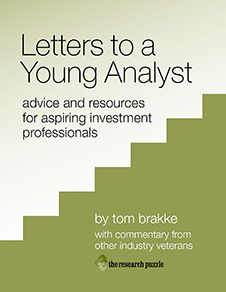
- Wednesday, September 24th, 2008
- in formaldehyde
-
The timing is too perfect to not try to connect two events of last week, the Damien Hirst auction and the collapse of investment banking as we have known it. It is tough to resist satirical analogies of investment bankers suspended à la one of Hirst’s critters in formaldehyde, or observations about what it means for the market price of his works now that there will be less investment banking money sloshing around to buy silly things important art.
It is possible, after all, that last week will not mark the peak of the Hirst phenomenon, or that investment bankers will soon be slicing and dicing with abandon. I just don’t believe so. (If you do, I’m offering a diamond-encrusted skull from someone named Norma.Wall Street Journal | This article, originally published in December 2007, is an exposition of the structure of a CDO named Norma.)
Indeed, many of us are in a state of suspended animation, too stunned or confused to do much of anything of value. Avoidance is typical among individual investors (who tend not to look at their statements when trouble hits), at least until someone or something moves them straight to panic mode — and it is hard for professionals to focus on the business at hand when the pillars of the edifice in which they labor are crumbling.
That focus is precisely what is needed, not just on the “what,” but on the “how.” Too often the response to events like these is a commitment to go back to “first principles,” perhaps to a time not so long ago when things seemed to be working. Instead, organizations should be looking at this as an opportunity to question every principle and every process — and to thoroughly examine and retool the assumptions of their business models and, most importantly, the commitments and representations that they have made to their clients.
Those of us in “the business” are now on view for the patrons wandering the museum of what was — we are displayed together in a tank, in an evocative tableau made up of not just investment bankers, but analysts and portfolio managers and traders and advisers and consultants and commentators and regulators and everyone else that promised something that wasn’t delivered.
Hype sells, often quite easily and at a fancy price. While the “free market” seems less popular these days — with outspoken advocates of the past now putting their hands out — we cannot avoid a pricing mechanism that will punish those who sold glitter and delivered dust. As with art, each wave of innovation in the investment industry yields things of lasting value as well as items destined for the landfill. The best time to sort them out was two years ago, but today will do.
